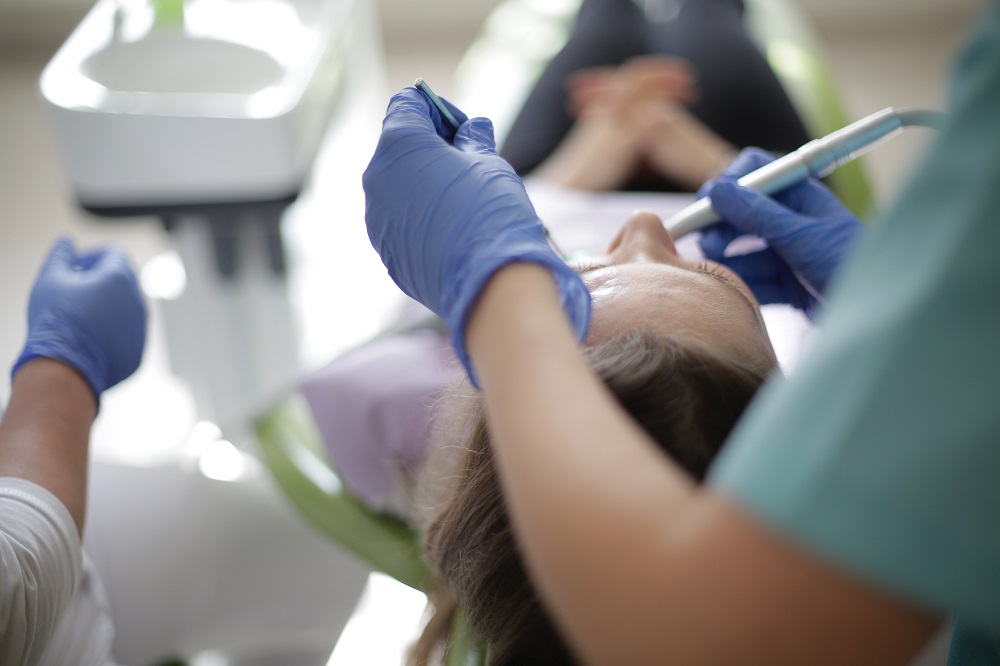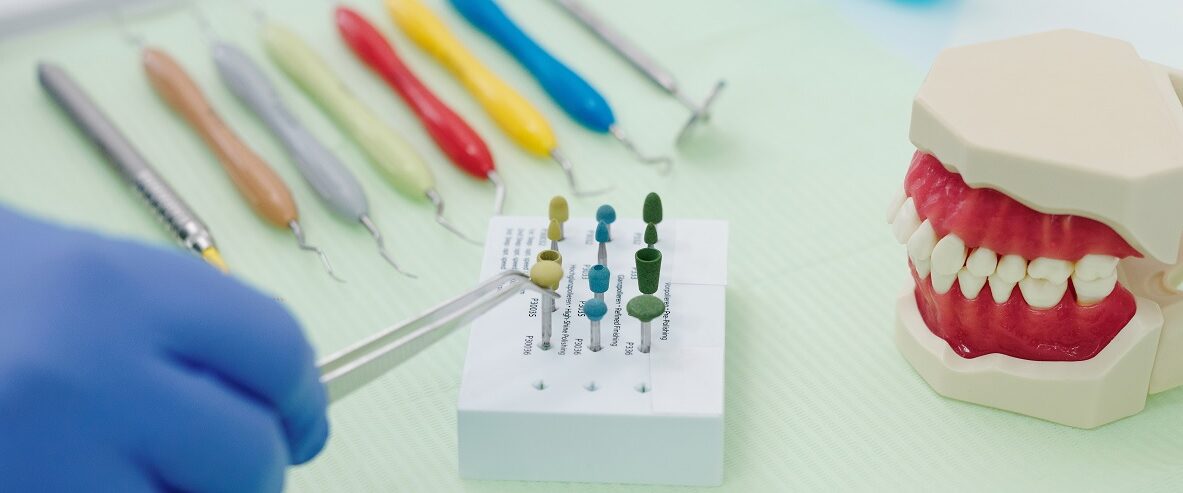
Orthodontics is a specialized field of dentistry that focuses on the alignment of teeth and jaws. Orthodontists are responsible for diagnosing, preventing, and treating dental and facial irregularities. In this article, we will discuss five key responsibilities of an orthodontist.
1. Conducting Orthodontic Evaluations
Orthodontists are responsible for conducting orthodontic evaluations to diagnose and assess dental and facial irregularities. These evaluations involve taking x-rays, photographs, and impressions of a patient’s teeth and jaws. Orthodontists use this information to develop an individualized treatment plan that addresses the patient’s specific orthodontic needs.
2. Developing Treatment Plans
Once an orthodontist has completed an evaluation, they are responsible for developing a treatment plan. This plan outlines the specific steps that will be taken to correct the patient’s dental and facial irregularities. Treatment plans may include the use of braces, retainers, or other orthodontic devices.
3. Applying Orthodontic Devices
Orthodontists are responsible for applying orthodontic devices, such as braces, to their patients’ teeth. This involves attaching brackets to the teeth and using wires and elastics to gently move the teeth into the desired position. Orthodontists must ensure that the devices are applied correctly and that they are adjusted regularly to ensure proper alignment.
4. Monitoring Treatment Progress
Throughout the course of treatment, orthodontists are responsible for monitoring the progress of their patients. This involves regularly checking the alignment of the teeth and making adjustments to the orthodontic devices as needed. Orthodontists must also ensure that their patients are following their treatment plan and practicing good oral hygiene to prevent dental problems.
5. Providing Patient Education and Support
Orthodontists are responsible for providing patient education and support throughout the course of treatment. This involves explaining the treatment plan to the patient and their family, answering any questions they may have, and providing guidance on how to care for the orthodontic devices. Orthodontists must also be available to address any concerns or issues that may arise during treatment.
In conclusion, orthodontists play a crucial role in diagnosing, preventing, and treating dental and facial irregularities. Their responsibilities include conducting orthodontic evaluations, developing treatment plans, applying orthodontic devices, monitoring treatment progress, and providing patient education and support. By fulfilling these responsibilities, orthodontists can help their patients achieve a healthy and attractive smile.
